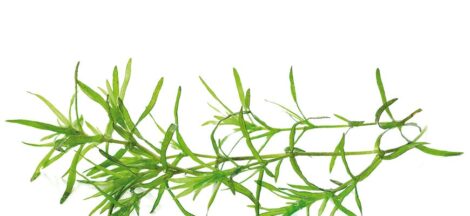What to know about Surabaya’s Tabebuya trees. Blossoming tabebuya trees in Surabaya, East Java, have been gaining attention in the past few days for their resemblance to sakura flowers in Japan, kompas.com reports.

Despite their similarities, the tabebuya tree is not from Japan but comes from the genus Tabebuia and is part of the Bignoniaceae family. Every authentic species of the Bignoniaceae family hails from the tropical areas of South America.
“According to the herbarium catalog in the Kew database of Britain’s Royal Botanical Gardens, genus Tabebuia comprises around 76 species,” Destario Metusala, a taxonomist at the Indonesian Institute of Sciences (LIPI) told kompas.com.
“The Tabebuya plant [genus Tabebuia] generally has a habitus in the shape of a tree or big bushes.”
He went on to say that the plant produces a type of dry fruit that would break when it’s ripe. Winged flat seeds emerging from the fruit are easily carried away by the wind and can travel great distances.
“Some Tabebuia species that often becomes decorative plants are Tabebuia aurea [yellow flowers], T. rosea [pink flowers] and T. pallida [white to white with pink dash flowers],” said Destario.
According to media reports, the yellow flowered tabebuia found blossoming in Surabaya are said to belong to the Tabebuia chrysotricha species. When kompas.com asked Destario about the species, he conceded that he had never directly seen the recently talked about plant.
“As far as I know, the yellow-flowered Tabebuya, from the Tabebuia aurea species, are often planted in the Malang area in East Java,” said Destario, adding that both species are easily distinguished by the shape of their leaves.
“The Tabebuia aurea has oblong-elliptic-shaped leaves, while the Tabebuia chrysotricha has obovate-shaped leaves,” he was quoted as saying.
Destario further explains that the talked-about blooming trees in Surabaya are tabebuia plants (Tabebuia aurea).
“But if those trees are of Tabebuia chrysotricha species, the scientific name has now changed to Handroanthus chrysotrichus from Handroanthus genus,” said Destario, noting that it was not quite accurate to call them Tabebuya (of genus Tabebuia). What to know about Surabaya’s Tabebuya trees (mut, The Jakarta Post)





 Teknologi Sensor Mampu Membuat Warna Baru Sesuai Rencana
Teknologi Sensor Mampu Membuat Warna Baru Sesuai Rencana 